In the realm of paleontology, few discoveries have the power to completely rewrite our understanding of evolutionary history. Yet, deep in the sedimentary layers of northeastern China’s Liaoning Province, scientists uncovered just such a game-changer. The Archaeopteryx has long been considered the crucial link between dinosaurs and modern birds, but a remarkable fossil discovery named Xiaotingia zhengi is challenging this long-held belief and forcing scientists to reconsider the evolutionary timeline of birds. This extraordinary fossil, dating back approximately 155 million years to the Late Jurassic period, is not just another addition to the fossil record—it’s a revolutionary find that’s reshaping our understanding of avian evolution and the dinosaur-bird transition.
The Groundbreaking Discovery of Xiaotingia zhengi
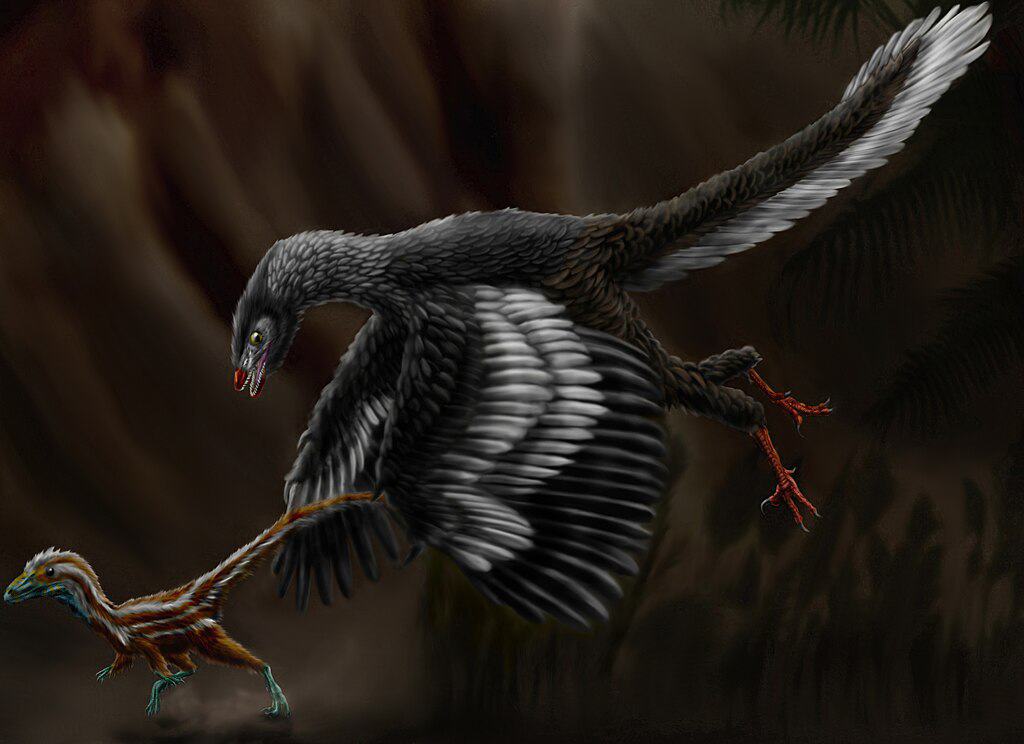
Discovered in 2011 in the Tiaojishan Formation of Liaoning Province, China, Xiaotingia zhengi represents one of the most significant paleontological finds of the 21st century. The fossil was uncovered by a team led by paleontologist Xu Xing from the Institute of Vertebrate Paleontology and Paleoanthropology in Beijing.
What makes this discovery particularly remarkable is the exceptional preservation of the specimen, including detailed impressions of feathers and soft tissues that are rarely preserved in the fossil record. This remarkable state of preservation has allowed scientists to study intricate anatomical features that were previously impossible to examine in other fossils of similar age, providing unprecedented insights into early bird evolution.
Challenging Archaeopteryx’s Iconic Status
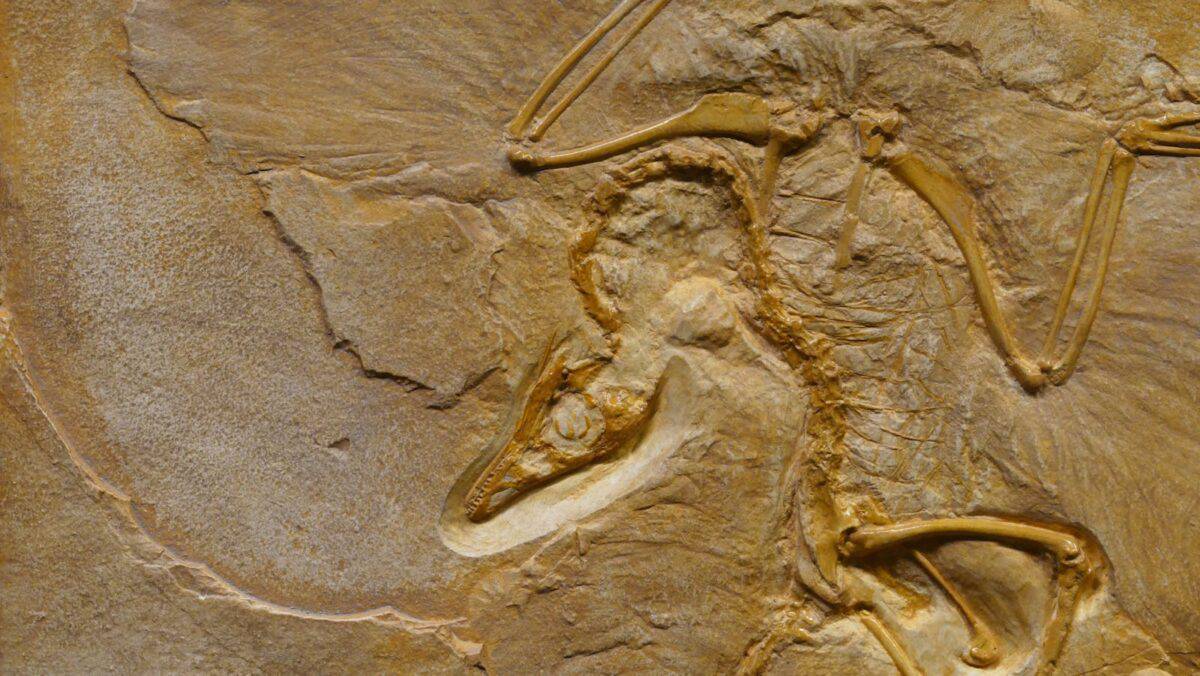
For over 150 years, Archaeopteryx has held an almost sacred position in evolutionary biology as the most primitive bird and the perfect transitional fossil between dinosaurs and birds. Discovered in Germany in 1861, just two years after Darwin published “On the Origin of Species,” Archaeopteryx seemed to perfectly illustrate Darwin’s theory of evolution.
With its blend of reptilian features (teeth, bony tail, and clawed fingers) and avian characteristics (feathers and wishbone), it was considered the quintessential “missing link.” However, Xiaotingia zhengi has forced paleontologists to reconsider this classification. The new analysis suggests that both Xiaotingia and Archaeopteryx might actually belong to the Deinonychosauria, a group of dinosaurs more closely related to velociraptors than to modern birds. This reclassification effectively removes Archaeopteryx from its position as the earliest known bird, fundamentally altering our understanding of avian evolution.
Anatomical Features That Rewrite History
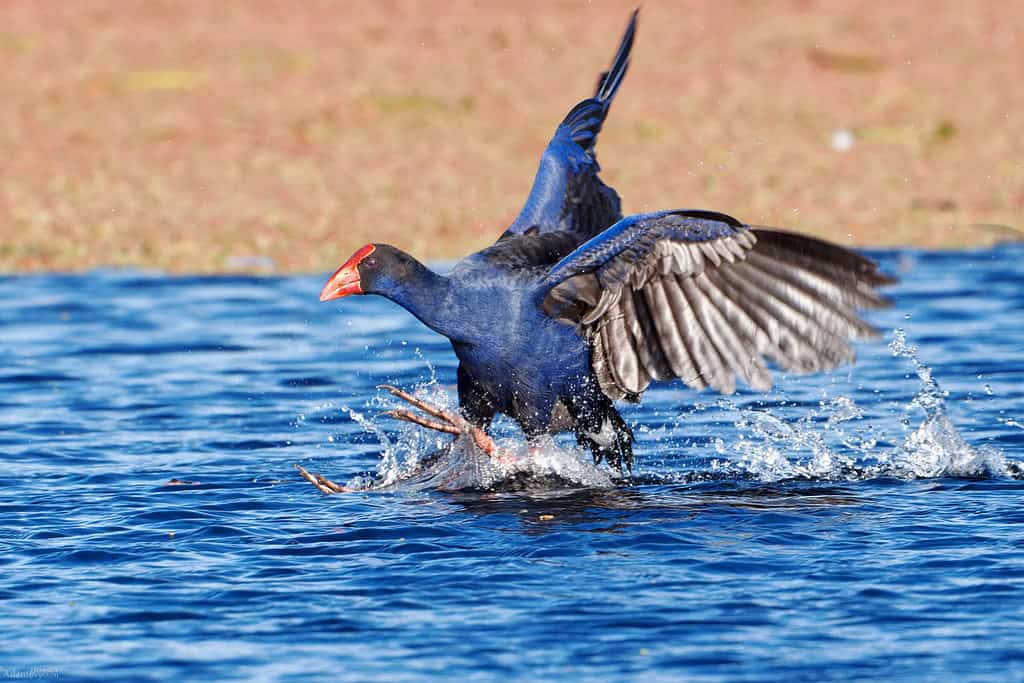
Xiaotingia zhengi was approximately the size of a chicken, weighing about 0.8 kg (1.8 pounds). What makes it particularly significant are several key anatomical features that differ from those of Archaeopteryx. These include a unique skull structure, distinctive hip bones, and subtle differences in the arrangement of the wrist bones. The fossil also shows evidence of pennaceous feathers—feathers with a central shaft and vanes—similar to those of modern birds, but with some primitive characteristics.
Additionally, Xiaotingia possessed a robust furcula (wishbone) and a complex pelvic structure that suggests a different evolutionary pathway than previously thought. These anatomical details, when analyzed collectively, paint a picture of avian evolution that is far more complex and branched than the linear progression scientists once envisioned, with multiple lineages of feathered dinosaurs experimenting with flight-related adaptations simultaneously.
The Jehol Biota: A Treasure Trove of Evolution
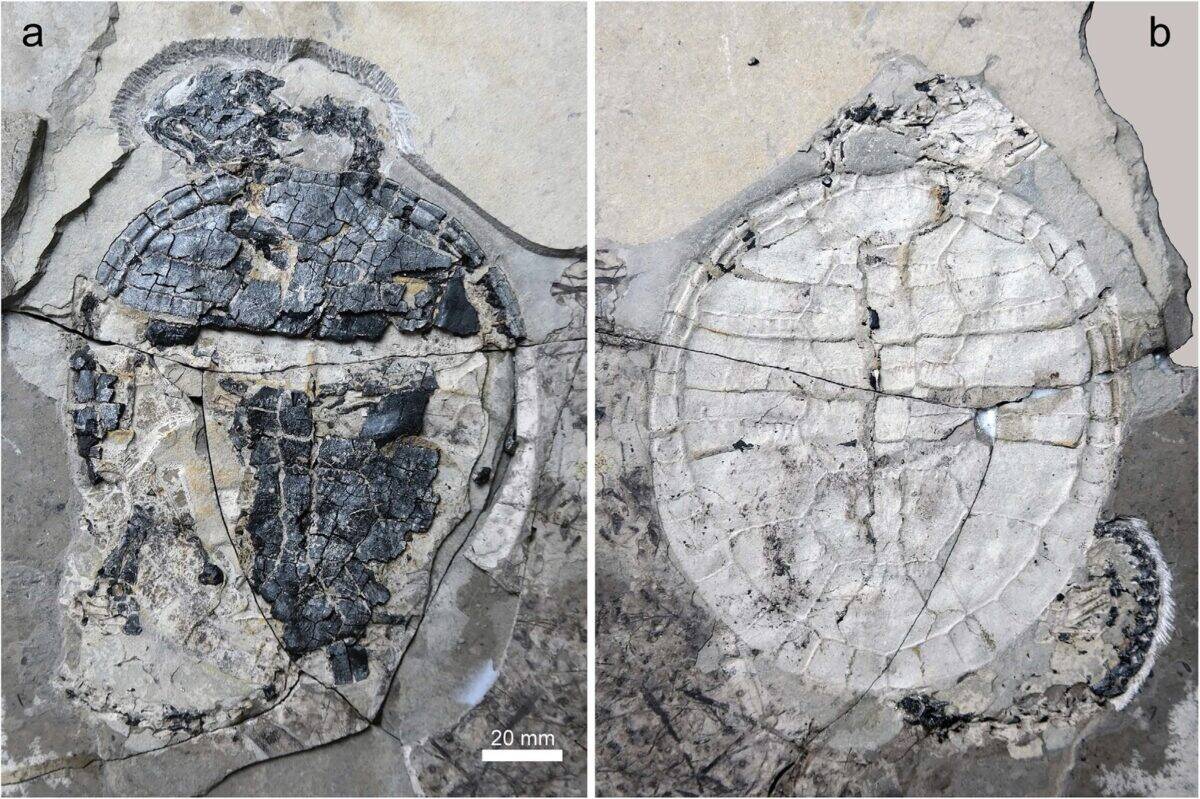
Xiaotingia zhengi belongs to what scientists call the Jehol Biota, an exceptionally well-preserved ecosystem from Early Cretaceous China that has yielded numerous fossils of feathered dinosaurs, primitive birds, mammals, insects, and plants. This paleontological goldmine has become central to understanding the dinosaur-bird transition. The unique preservation conditions in this region—likely the result of volcanic ash rapidly burying organisms—have allowed for the preservation of soft tissues, feathers, skin impressions, and even stomach contents.
The Jehol Biota has produced other important bird-like dinosaur fossils including Confuciusornis, Jeholornis, and various dromaeosaurids, collectively painting a detailed picture of a vibrant ecosystem where various evolutionary experiments in flight were unfolding. This rich fossil record provides an unprecedented window into a critical period of evolutionary history, allowing scientists to trace the development of flight adaptations across multiple lineages with remarkable precision.
Dating the Origins of True Birds
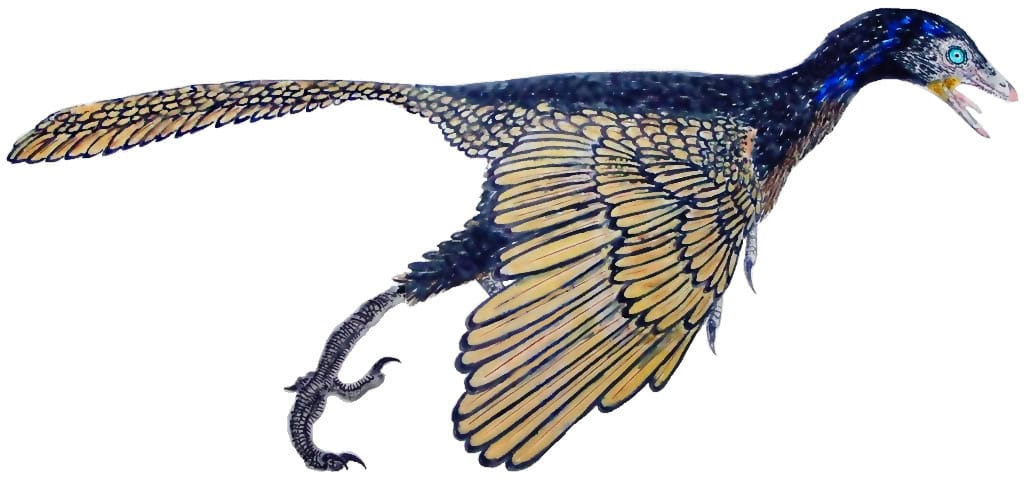
If Archaeopteryx is no longer considered the earliest bird, when did true birds emerge? The reclassification of Archaeopteryx has pushed the origin of true birds forward in time, suggesting that the avian lineage proper may have emerged during the Early Cretaceous period, roughly 130-120 million years ago, rather than in the Late Jurassic as previously thought. This revised timeline aligns with other fossil evidence, including the diverse avian fossils from the Jehol Biota that exhibit more bird-like characteristics than Archaeopteryx.
Fossils such as Confuciusornis, which lived about 125 million years ago and had a toothless beak and pygostyle (fused tail vertebrae), now represent better candidates for early true birds. This recalibration of the evolutionary timeline provides a more accurate context for understanding the rate and pattern of bird evolution, suggesting that once the avian body plan emerged, diversification occurred relatively rapidly, laying the groundwork for the incredible diversity of birds we see today.
The Feather Revolution: More Complex Than We Thought
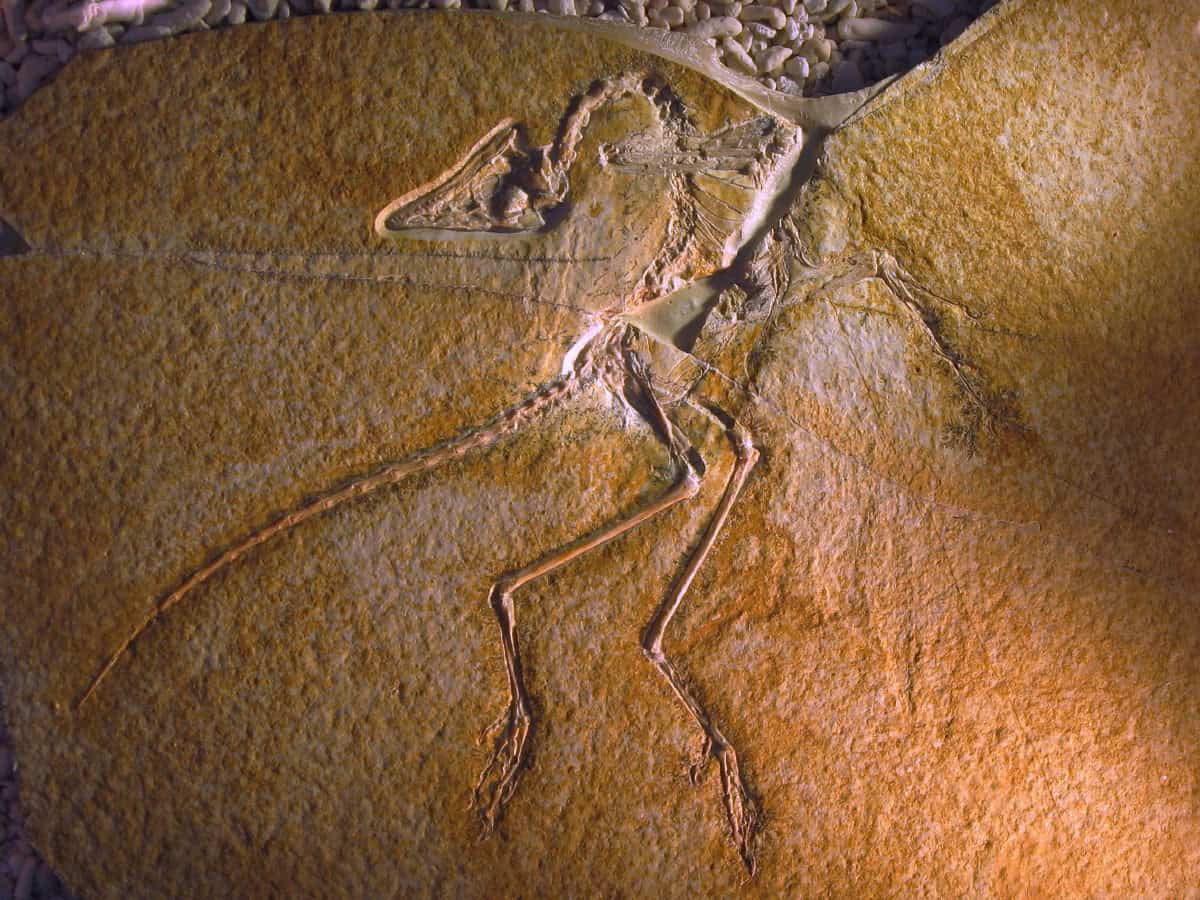
One of the most significant insights from Xiaotingia and other recent discoveries is that feathers evolved much earlier and for purposes other than flight. Evidence now suggests that feathers first appeared in dinosaurs that had no capacity for flight whatsoever, likely serving functions such as insulation, display, or camouflage. Xiaotingia’s feathers show a level of complexity that indicates feather evolution was already well advanced by the Late Jurassic, with differentiated primary and secondary feathers and a sophisticated vane structure.
This supports the hypothesis that feathers underwent multiple phases of evolution and adaptation before being co-opted for flight. The discovery of simple, filamentous proto-feathers on non-flying dinosaurs like Sinosauropteryx, more complex branched feathers on Caudipteryx, and the asymmetrical flight feathers on Microraptor demonstrates that feather evolution followed a stepwise progression over tens of millions of years. This realization has transformed our understanding of one of evolution’s most remarkable innovations, revealing feathers as a classic example of an adaptation that was repurposed for a new function during the course of evolution.
Flight Evolution: Multiple Pathways to the Skies

The reconsideration of Archaeopteryx’s position has led to a fundamental shift in how scientists understand the evolution of flight. Rather than a single, linear progression from ground-dwelling dinosaurs to flying birds, evidence now points to multiple, parallel experiments with aerial locomotion. Some dinosaur lineages, like the four-winged Microraptor, may have developed gliding capabilities independently. Others, like the scansoriopterygids, evolved membranes similar to those in modern flying squirrels.
Xiaotingia’s anatomy suggests it belonged to a lineage that was exploring yet another pathway toward aerial mobility. This new perspective presents flight evolution as a “bushier” process with multiple origins and variations, rather than a single, direct line to modern birds. The emerging picture is one where the physical demands of an arboreal lifestyle, predator avoidance, and hunting strategies created selection pressures that drove several dinosaur lineages toward aerial adaptations simultaneously, with only one ultimately giving rise to the birds we know today.
DNA and Molecular Clock Evidence
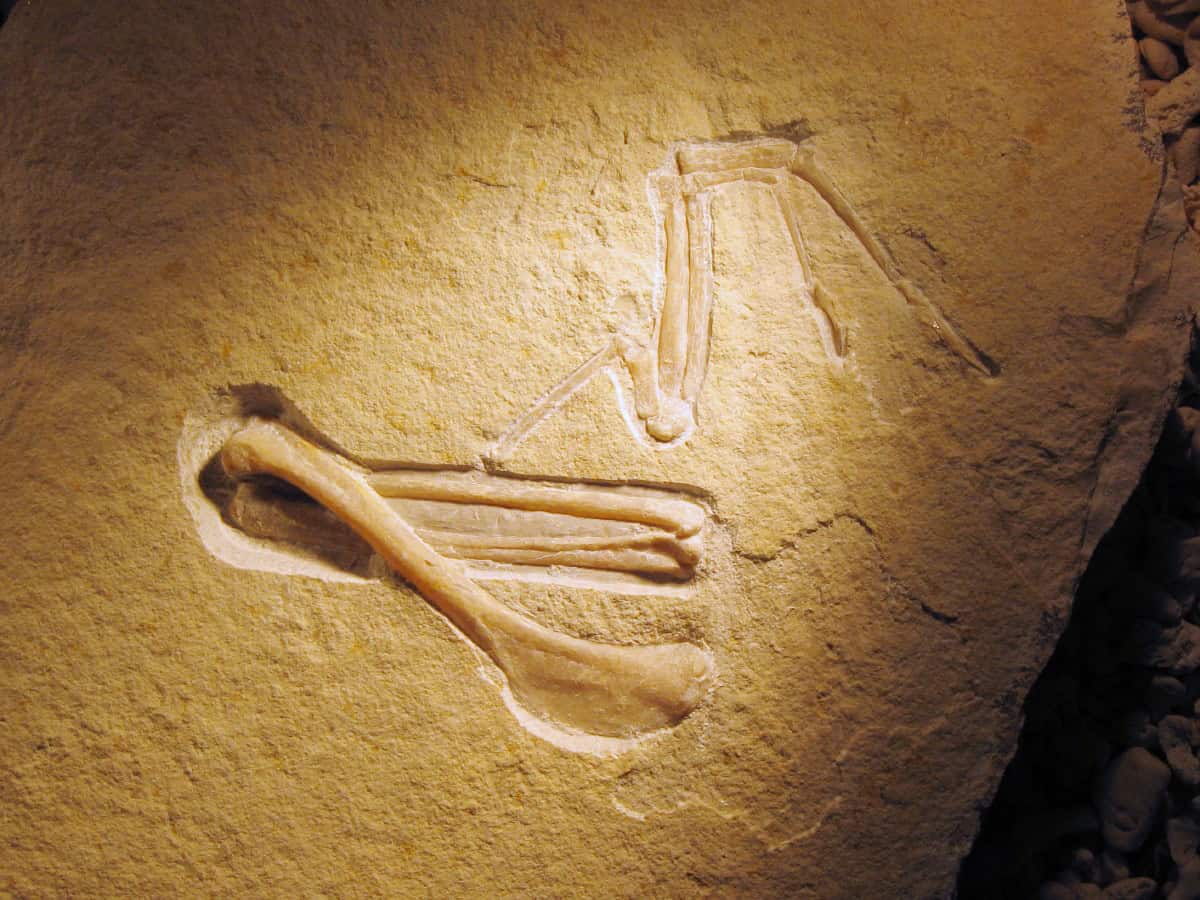
While fossils like Xiaotingia provide physical evidence of evolutionary relationships, molecular studies offer another line of evidence for the timeline of bird evolution. Although DNA cannot be recovered from fossils as old as Xiaotingia, scientists use “molecular clock” techniques on modern birds to estimate when their ancestors diverged from other dinosaurs. These molecular analyses generally support a Cretaceous origin for modern birds, consistent with the revised timeline suggested by Xiaotingia and other fossils.
Recent genomic studies comparing the DNA of all major living bird groups suggest that modern birds (Neornithes) began diversifying just before the end-Cretaceous mass extinction about 66 million years ago, and then underwent a rapid adaptive radiation once the non-avian dinosaurs disappeared. This molecular evidence, when combined with the fossil record, creates a more complete picture of bird evolution, suggesting that while bird-like dinosaurs evolved much earlier, the modern bird body plan and diversity emerged later than previously thought, with the major groups of living birds evolving in the aftermath of the catastrophe that eliminated their dinosaurian relatives.
Scientific Controversy and Ongoing Debates
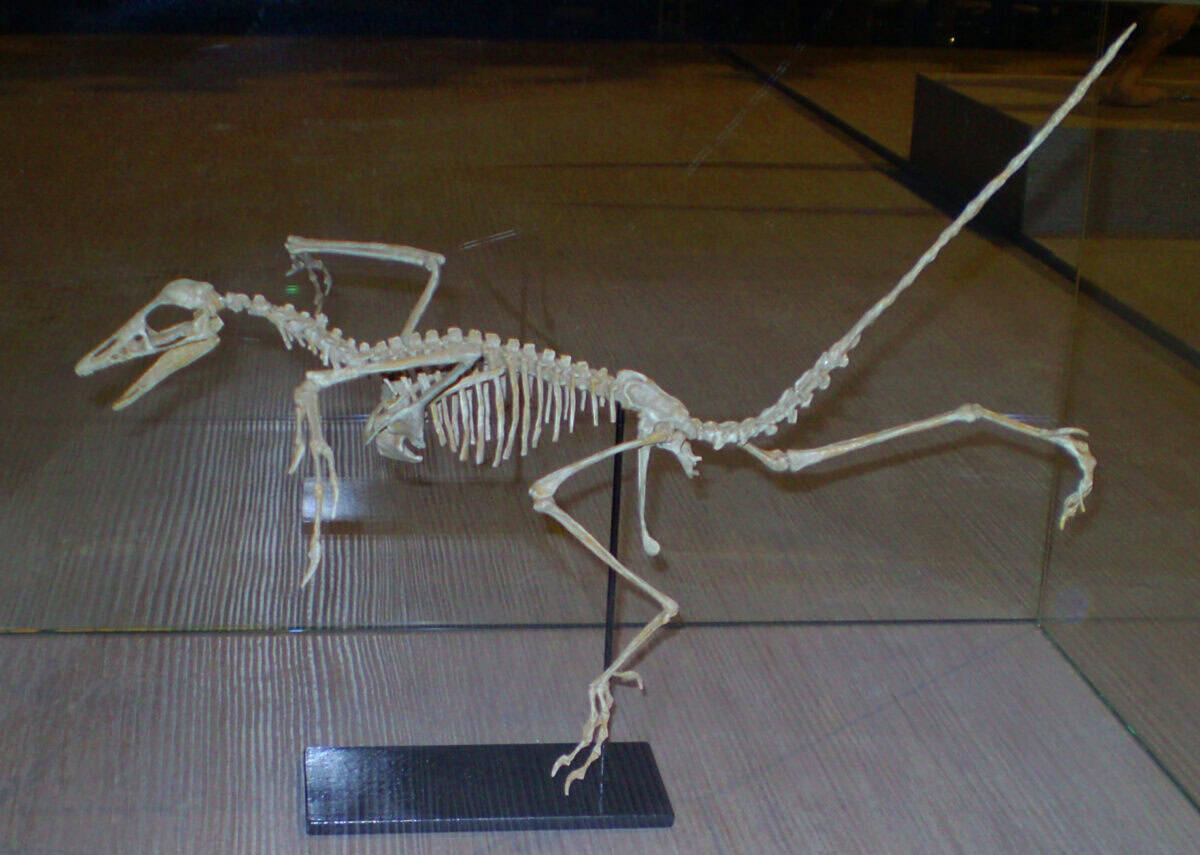
As with many paradigm-shifting discoveries, the reclassification of Archaeopteryx based on Xiaotingia has not been without controversy. Some paleontologists remain unconvinced, arguing that the anatomical features used to reclassify Archaeopteryx are subject to interpretation or could be the result of preservation artifacts. Others contend that even if Archaeopteryx is not a true bird, it still represents a crucial transitional fossil and an important ancestor to birds.
The debate has spawned numerous follow-up studies, with some researchers conducting their own phylogenetic analyses that restore Archaeopteryx to the avian lineage. This scientific controversy, rather than detracting from the importance of Xiaotingia, highlights the vibrant nature of paleontological research and how new discoveries continue to test our understanding of evolutionary history. The ongoing debate has stimulated more detailed analyses of bird origins and encouraged paleontologists to search for additional fossils that might resolve these questions, ultimately advancing our knowledge of avian evolution regardless of which interpretation prevails.
Implications for Understanding Dinosaur Diversity
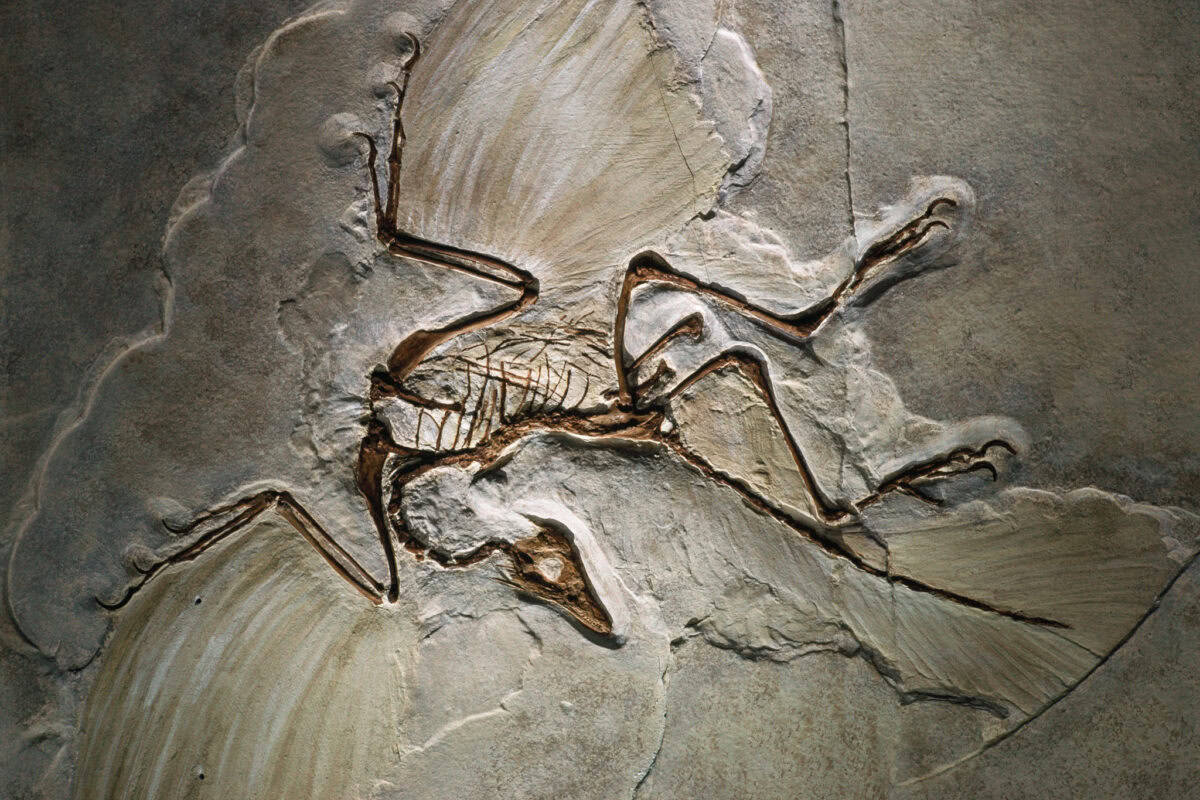
Xiaotingia and related fossils have broadened our understanding of theropod dinosaur diversity. The theropods—the group of dinosaurs that includes both tyrannosaurs and the ancestors of birds—were far more diverse and experimented with a wider range of body plans than previously recognized. Many small, feathered theropods previously classified as primitive birds are now understood to represent parallel evolutionary experiments within different dinosaur lineages.
This realization has expanded the known diversity of non-avian dinosaurs while simultaneously narrowing and clarifying the definition of what constitutes a true bird. The picture that emerges is one of extraordinary evolutionary experimentation during the Jurassic and Cretaceous periods, with numerous dinosaur lineages independently evolving bird-like characteristics such as reduced body size, elaborated feathers, and adaptations for different modes of locomotion. This perspective has transformed our view of dinosaur evolution from one focused primarily on large, charismatic species to a more nuanced understanding that appreciates the remarkable diversity of smaller, feathered forms that dominated many ecological niches.
Modern Birds: The Sole Survivors
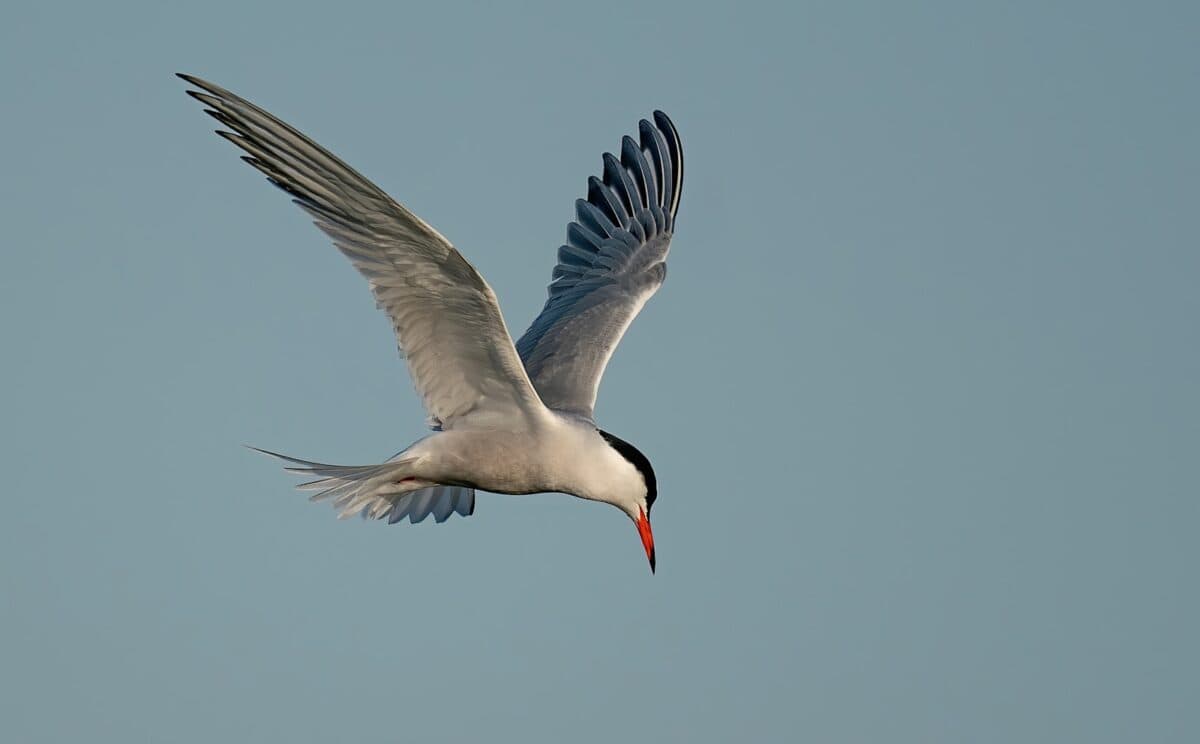
The recalibration of bird evolution in light of Xiaotingia helps explain one of paleontology’s most enduring questions: why did birds survive the end-Cretaceous mass extinction when all other dinosaurs perished? If true birds emerged later than previously thought and underwent significant diversification just before the asteroid impact 66 million years ago, their survival may be explained by adaptations that had already evolved in the lineage that would become modern birds. These adaptations potentially included smaller body size, more efficient metabolism, specialized diet, and enhanced flight capabilities.
Recent studies suggest that the ancestors of modern birds had already evolved adaptations for a more granivorous (seed-eating) diet, which would have been advantageous in the aftermath of the extinction event when plant communities were severely disrupted. Additionally, the smaller body size of ancestral birds meant lower metabolic requirements during a time of resource scarcity. This evolutionary perspective frames modern birds not as an early branch of dinosaur evolution that somehow survived by chance, but as a highly specialized, recently evolved group whose unique adaptations allowed them to weather the catastrophe that eliminated their dinosaurian relatives.
Future Directions in Paleornithology
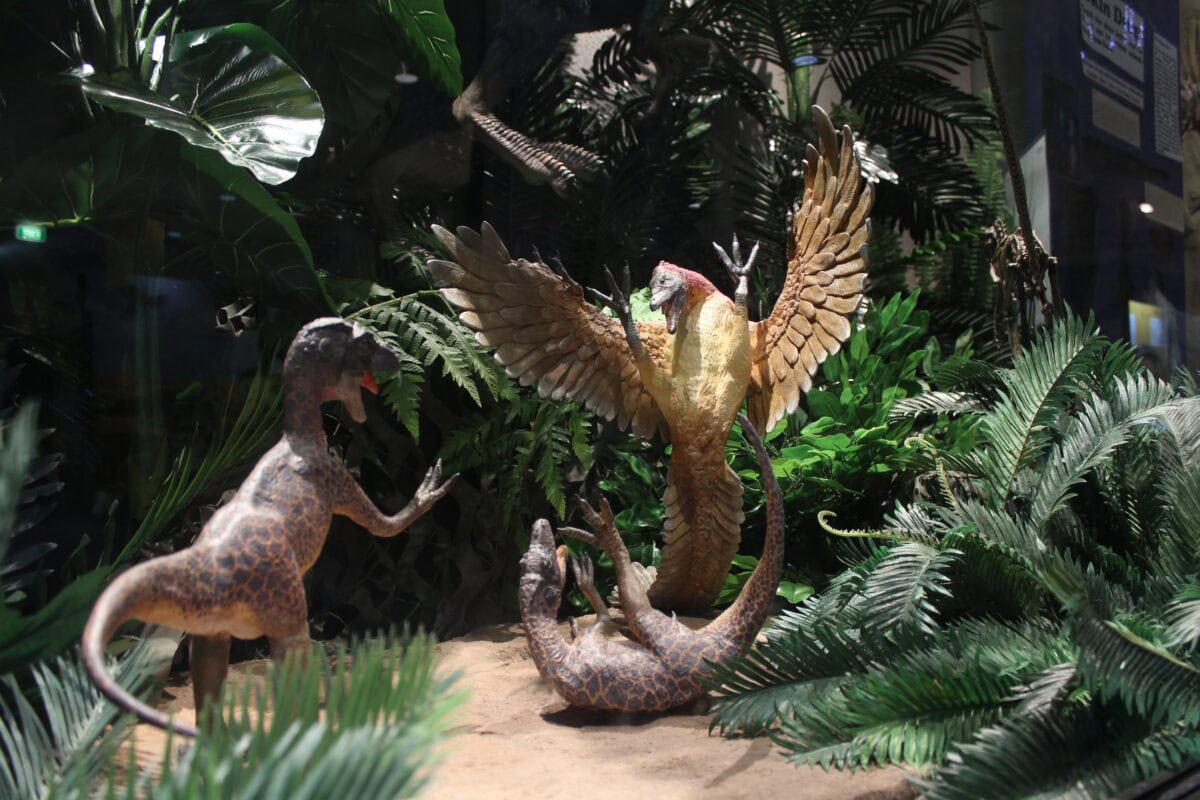
The discovery of Xiaotingia has opened new avenues for research in paleornithology—the study of ancient birds. Scientists are now focusing on finding fossils that might fill the newly created gap between Archaeopteryx-like dinosaurs and true birds. The regions of northeastern China, Mongolia, and parts of North America are being intensively explored for fossils from the critical time period of the Late Jurassic to Early Cretaceous. Advanced technologies are also changing the field, with CT scanning allowing paleontologists to examine internal structures of fossils without damaging them, and sophisticated phylogenetic analysis methods helping to better determine evolutionary relationships.
Chemical analysis techniques can now detect traces of original biomolecules and pigments, revealing the actual colors of ancient feathers and providing insights into behavior and ecology. These cutting-edge approaches, combined with new fossil discoveries, promise to further refine our understanding of bird origins in the coming years. The field has never been more dynamic, with each new discovery having the potential to either strengthen the current model or prompt another reevaluation of avian evolutionary history.
Conclusion: A New Chapter in Bird Evolution
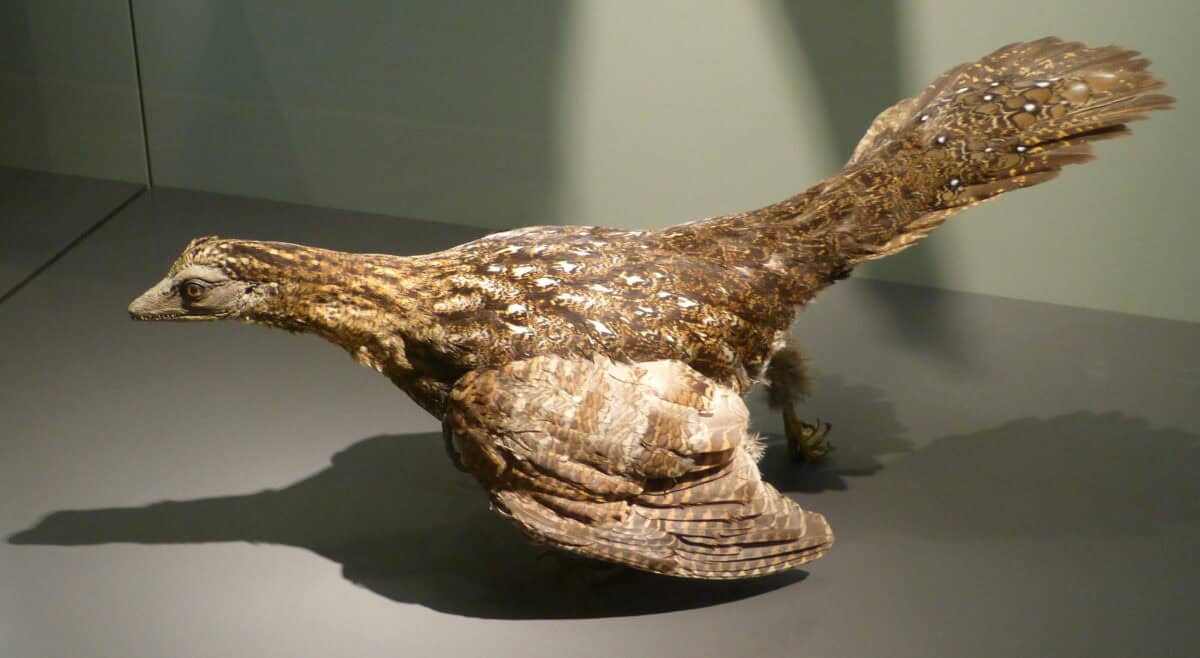
The discovery of Xiaotingia zhengi has fundamentally transformed our understanding of bird evolution, challenging long-held assumptions and opening new chapters in the story of how birds emerged from dinosaur ancestors. By dethroning Archaeopteryx from its position as the earliest bird, Xiaotingia has forced a comprehensive reassessment of the avian family tree and pushed scientists to develop more nuanced models of how flight evolved among dinosaurs.
This revolutionary fossil reminds us that science is not a static body of knowledge but a dynamic process of discovery and reinterpretation. As paleontologists continue to unearth new fossils and apply cutting-edge analytical techniques, our picture of bird evolution will undoubtedly continue to be refined and enhanced. The story of Xiaotingia demonstrates that even after centuries of scientific inquiry, the natural world still holds secrets capable of overturning our most fundamental understandings of life’s history on Earth.
- From Symbol to Supper: The Cultural Journey of the Chicken - August 15, 2025
- The Lizard That Brought Fire: Aboriginal Australian Legends - August 15, 2025
- 10+ Joyful Reasons Why Life Is Better With a Pet in Your Golden Years - August 15, 2025

